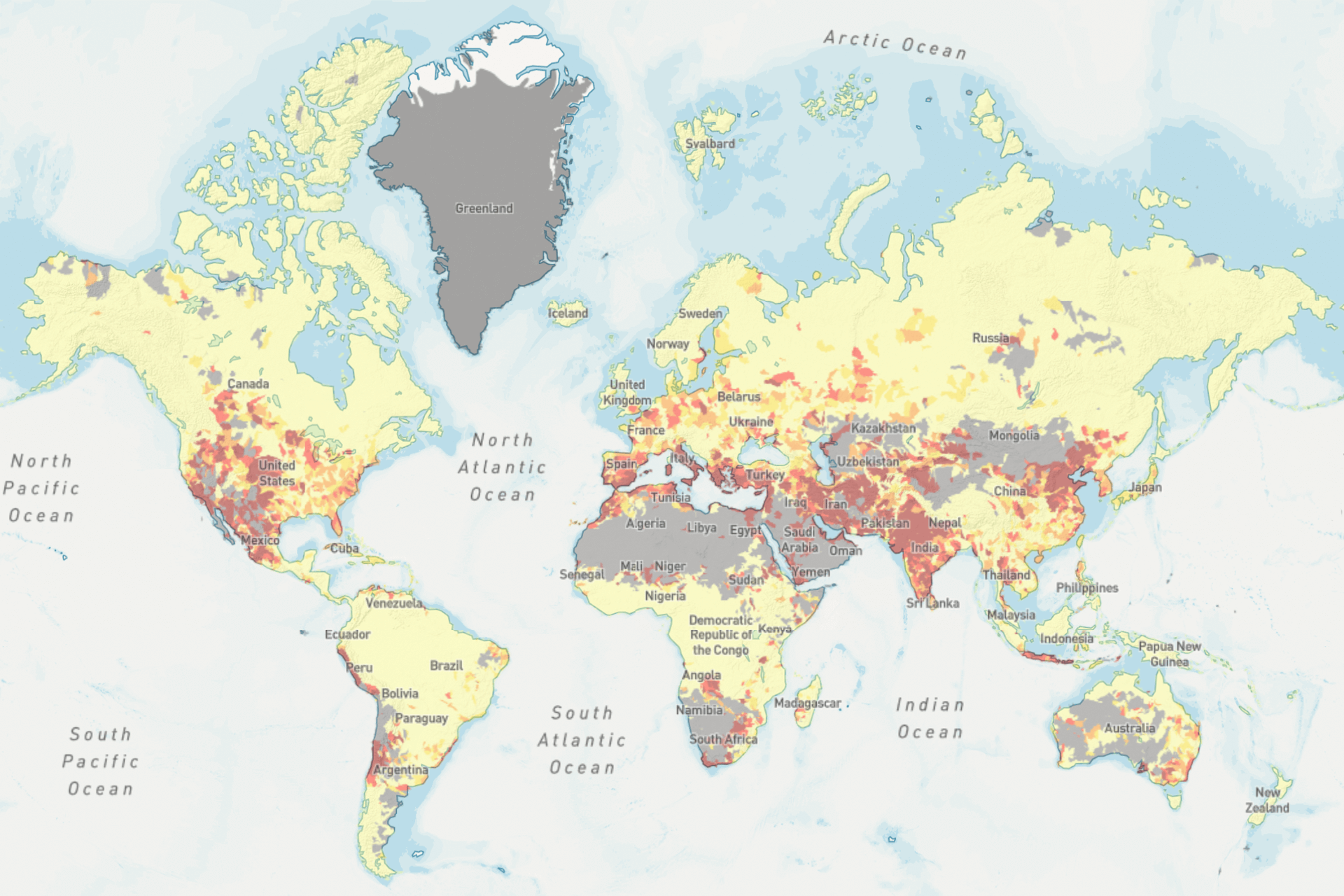
Water loss: there’s really no planet B
Man is insatiable, but water resources do not grow and cannot be produced. Managing them well and reducing water losses is an imperative for humanity and the planet, with 3-in-1 benefits. Just look at Tanzania.
Last April I had the opportunity to attend the WaterLoss 2024 conference, organized by the International Water Association (IWA) in San Sebastian (Spain), which brought together the largest community of water management experts with the sole purpose of discussing the issue of water losses.
As I’ve mentioned in previous articles, Portugal loses about one Olympic pool of fresh drinking water per municipality every day due to leaks in the distribution system. We could say that this is a localized problem, restricted to our country, but as we can see in this conference, the issue of water efficiency is a global concern. And on a planet where this valuable resource is increasingly scarce, it is urgent to find solutions. But let’s get to the facts.
We use water at an unsustainable pace.
Consulting the World Resource Institute’s hydrological stress map allows us to identify the areas with the greatest pressure on water resources (rivers, lakes, aquifers, etc.).
Zooming in on Portugal, we see that a large part of the country has an extreme level of hydrological stress (>80%), meaning the water demand is greater than the available supply. In other words, we are consuming more water than nature can replenish, thus demonstrating the importance (urgency, I would say) of improving our efficiency in managing this fundamental resource by reducing waste.
Saving water achieves 3 benefits in 1
Another relevant aspect discussed at the WaterLoss conference was the IWA’s Leakage Emissions Initiative. This working group focuses exclusively on the relationship between water losses and CO2 emissions. I recently addressed this umbilical link between water and energy waste in the article “Saving water is an energy efficiency measure” and the creation by the IWA of a specific working group on this topic underlines its importance. The priority objective is to raise awareness among the general population and, above all, among public decision-makers responsible for managing water resources at both central and local levels, that avoiding water losses also means reducing emissions. For these reasons, a water loss reduction project is a 3-in-1: it saves water, saves energy, and reduces greenhouse gas emissions.
Fortunately, Portugal has very clean energy because it has invested in renewable sources and has ended coal production. However, this is not the case in many other parts of the world, where energy production is still very polluting and generates a high level of emissions.
Tanzania: from words to action
Saving water means saving energy, and Tanzania is one of the best-known “best cases”[1] in this respect: a project to reduce water losses has led to a reduction in emissions of some 26 megatons of CO2 per year. To give you an idea of the magnitude of the energy savings achieved, 26 MT of CO2 is equivalent to taking 6 million cars from the road, i.e. almost all the cars circulating in Portugal, as a consequence of a “simple” process of reducing water losses. Interesting, isn’t it?
Humanity tends to consume more and more resources, but rivers and lakes are all we have. We cannot manufacture them, and global warming poses new challenges. To be useful, the maxim “There is no planet B” must be a call to action, rather than a mere slogan. And sometimes we should remember to read it literally.
Miguel Allen Lima
ARQUILED CEO
[1] https://www.leigroup.org/_files/ugd/997569_5a77725ff65a45979c8c73b83d961bab.pdf






